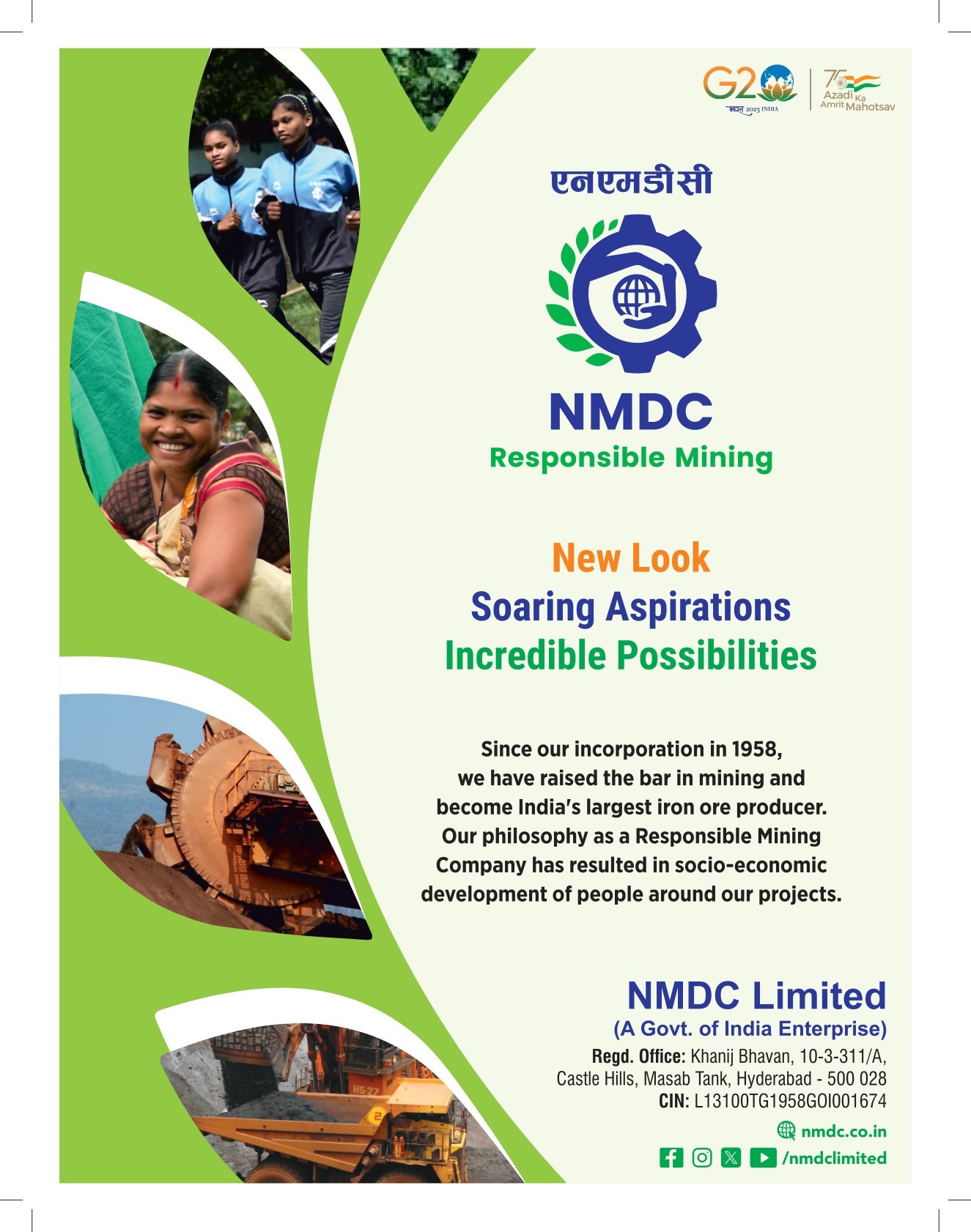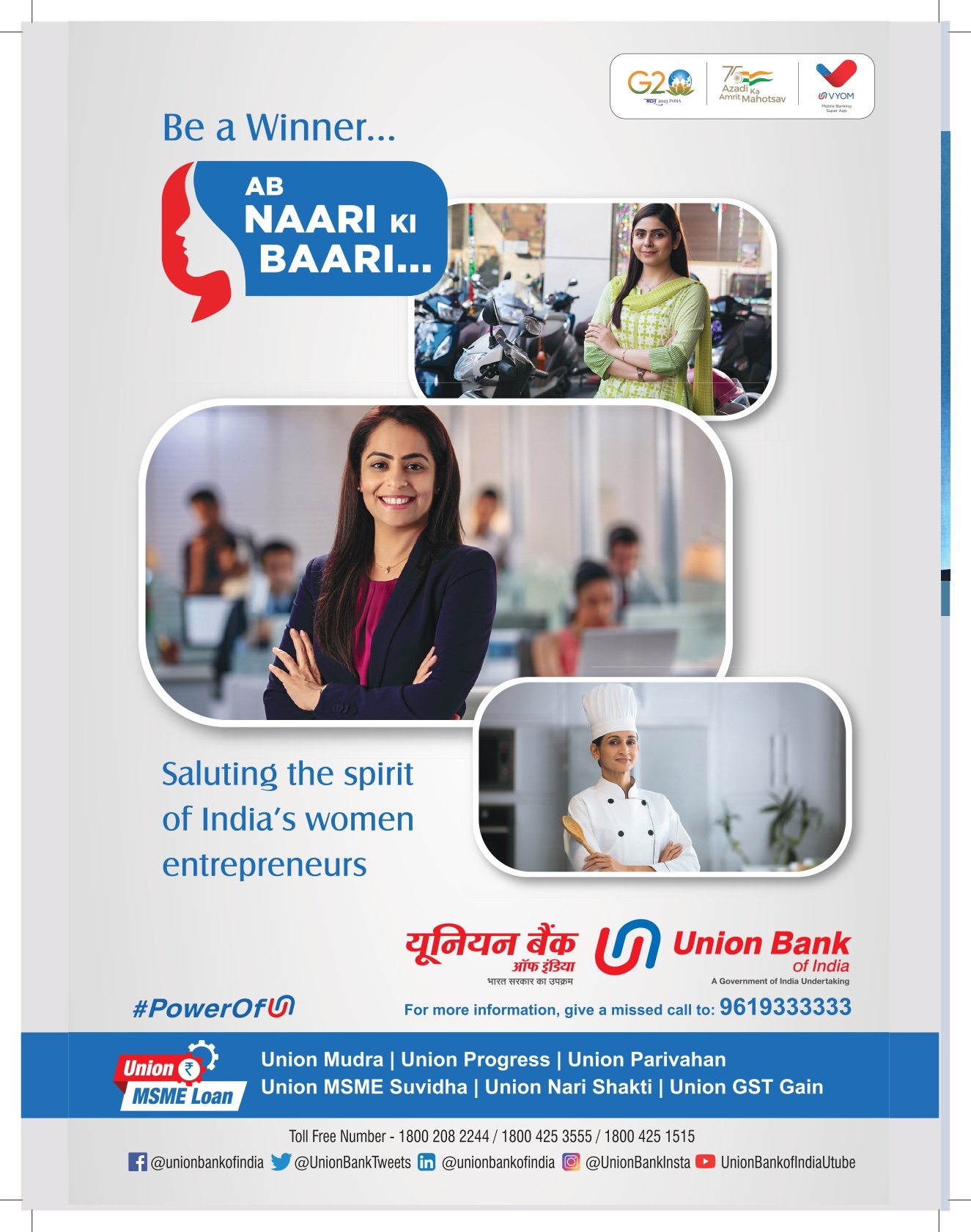INITIATIVE
SERVING NATION
IMMANUEL CYRUS takes look at the current state of the civil services and the challenges that lie ahead
The civil services of any country are the backbone of governmental administration. Especially in a densely populated country like ours the Civil Services have played a key role in keeping the country together over the last 70 years and ensuring a more or less uniform system of governance despite the vast diversity and myriad differences that is to be found. On April 21, 1947, Sardar Vallabhbhai Patel addressed the first batch of civil servants in Independent India at the Metcalf House. He referred to civil servants as the ‘steel frame of India’ during his speech and implored them to uphold the principles of governance. Despite challenges, obstacles and criticism, the bureaucracy of the country have held true for the most part to that lofty goal. In memory of that first speech, April 21 is observed as Civil Service Day in India. Civil servants, who run the administrative processes of the central and state governments, are remembered for their works on this day. The first ever function celebrating the Civil Services was held in Vigyan Bhawan, Delhi on April 21, 2006 where the excellence shown by civil servants was rewarded by the Prime Minister of India.
When discharging their functions, a civil servant is to be guided by maintaining absolute integrity, allegiance to the constitution and the law of the nation, patriotism, national pride, devotion to duty, honesty, impartiality and transparency. They must also discharge official duty with responsibility, accountability and without discrimination. There must be effective management, leadership development and personal growth. They also are instruments of good governance and help to foster social economic development without misuse of official position or information.
SIZE AND SUFFICIENCY OF CIVIL SERVICES
One of the most significant things about the civil services is that it spans the entire country. But is the number of officials enough to service the entire country? The total number of employees has remained more or less static despite an exponential growth in the number of people that it is expected to serve. Data compiled from multiple sources, including a 2008 official survey, Right to Information applications, media reports and the 2011 census show that India has 1,622.8 government servants for every 100,000 residents. In stark contrast, the U.S. has 7,681.
The Central government, with 3.1 million employees, thus has 257 serving every 100,000 population, against the U.S. federal government’s 840. This figure dips further if the 1,394,418 people working for the Railways, accounting for 44.81 per cent of the entire Central government workforce, are removed. Then, there are only about 125 central employees serving every 100,000 people. Information technology and communications services account for another 7.25 per cent of the Central government’s staff. The Central government’s figures also show that 59.69 per cent of public servants belonged to Group C and another 29.37 per cent to Group D — the two lowest paid categories. Though these workers are important, the numbers suggest there are system-wide shortages of skilled staff and administrators. Interestingly, the data show a marginal decline of 0.13 per cent in the size of the Central government in 2008 from 2006, though the population grew. “People keep complaining the government is too big,” says Ajai Sahni, director of the New Delhi-based Institute of Conflict Management (ICM), “but the figures show that it is in fact too anaemic to govern the country.”
Eminent economist V.K. Ramachandran says: “One of the most important lessons of the economic history of modern nations is that the most crucial requirements of social transformation can only be delivered by the public authority. A government that does not pay for skilled personnel to deliver education, health and land reform is one that condemns its people to under-development.”
INNOVATIONS IN GOVERNANCE DESPITE ENORMOUS CHALLENGES
Conditions prevailing today are quite different from about two decades ago, and is bound to evolve much further over the next few years. Earlier the Government was almost the sole provider of goods and services, which is no longer the case. With alternatives now being available in several areas, the responsibilities of Government officers have increased, not just in terms of scope of work, but in terms of the challenge. With the recent focus on the importance of competition, the sooner that the attitude of Government can change from regulator to enabler, the faster this challenge of competition will become an opportunity. A very recent innovation that illustrates how the Government can change people’s lives by acting as a fulcrum was introduced in the state of Maharashtra as the “Farm on Demand” project. This was introduced with an objective of providing protective irrigation to overcome water scarcity in the State. Farmer suicides was a major concern and the focus was to enable preparedness of the State for handling drought situations. Vidharbha and Marathwada were the main targets under this initiative.
The approach adopted was a simple one. A user friendly online form was developed to enable efficiency and transparency in the farm pond application process by the farmer himself without any intermediaries to hinder the process. An application for the farm-pond is made online by the farmer through the Aaple Sarkar Portal. This was reviewed by the relevant Taluka-level agricultural committee and the approval/rejection communicated to the farmer. After site selection by Agriculture Assistant, farm-pond is constructed by the farmer and the agriculture assistant uploads a photo and the farm-pond is GIS mapped. Subsidy is received in the farmer’s bank account within 7 days. Using technology and people’s initiatives, the area was made drought resistant in a few months. This demonstrates the use of modern day applications to deal with the day to day problems that are being faced by the citizenry on a daily basis. Hopefully, India can in the future shine as an example to demonstrate to the world that a successful bureaucracy is not always a large one.



































